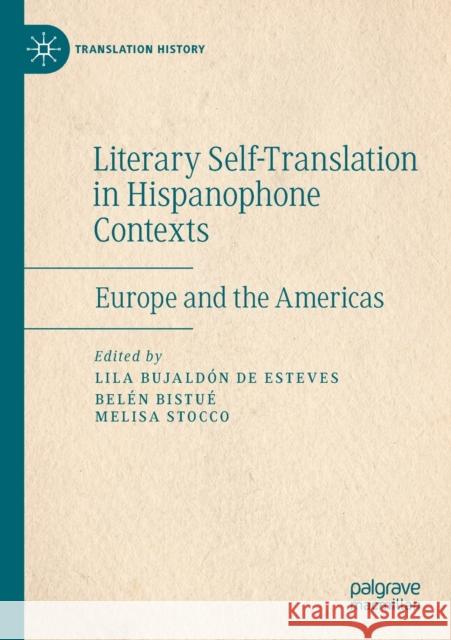Literary Self-Translation in Hispanophone Contexts - La Autotraducción Literaria En Contextos de Habla Hispana: Europe and the Americas - Europa Y Amé » książka
topmenu
Literary Self-Translation in Hispanophone Contexts - La Autotraducción Literaria En Contextos de Habla Hispana: Europe and the Americas - Europa Y Amé
ISBN-13: 9783030236274 / Angielski / Miękka / 2021 / 378 str.
Literary Self-Translation in Hispanophone Contexts - La Autotraducción Literaria En Contextos de Habla Hispana: Europe and the Americas - Europa Y Amé
ISBN-13: 9783030236274 / Angielski / Miękka / 2021 / 378 str.
cena 403,47
(netto: 384,26 VAT: 5%)
Najniższa cena z 30 dni: 385,52
(netto: 384,26 VAT: 5%)
Najniższa cena z 30 dni: 385,52
Termin realizacji zamówienia:
ok. 22 dni roboczych
Bez gwarancji dostawy przed świętami
ok. 22 dni roboczych
Bez gwarancji dostawy przed świętami
Darmowa dostawa!
Kategorie:
Kategorie BISAC:
Wydawca:
Palgrave MacMillan
Seria wydawnicza:
Język:
Angielski
ISBN-13:
9783030236274
Rok wydania:
2021
Wydanie:
2019
Numer serii:
000906590
Ilość stron:
378
Waga:
0.51 kg
Wymiary:
21.01 x 14.81 x 2.24
Oprawa:
Miękka
Wolumenów:
01
Dodatkowe informacje:
Wydanie ilustrowane











